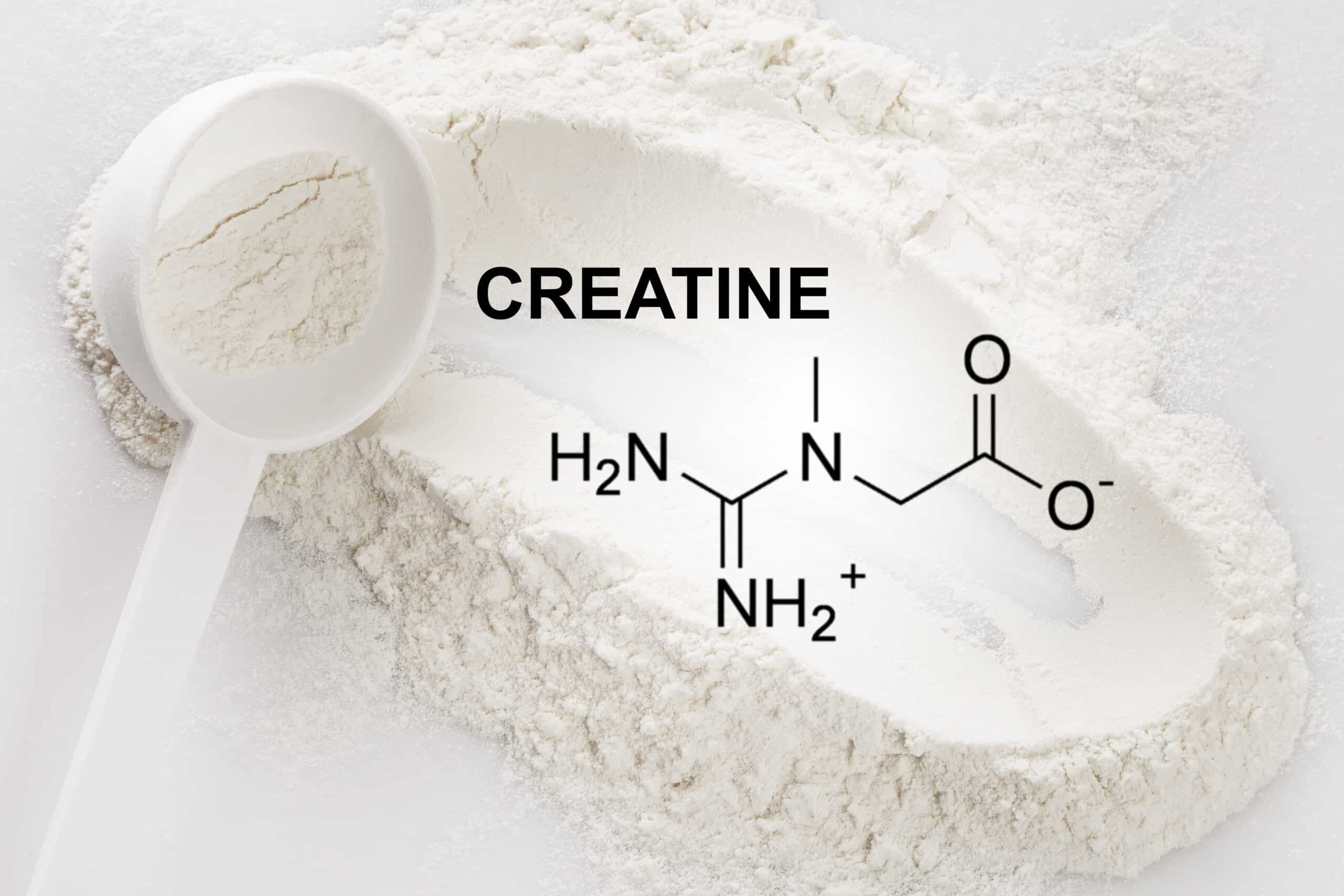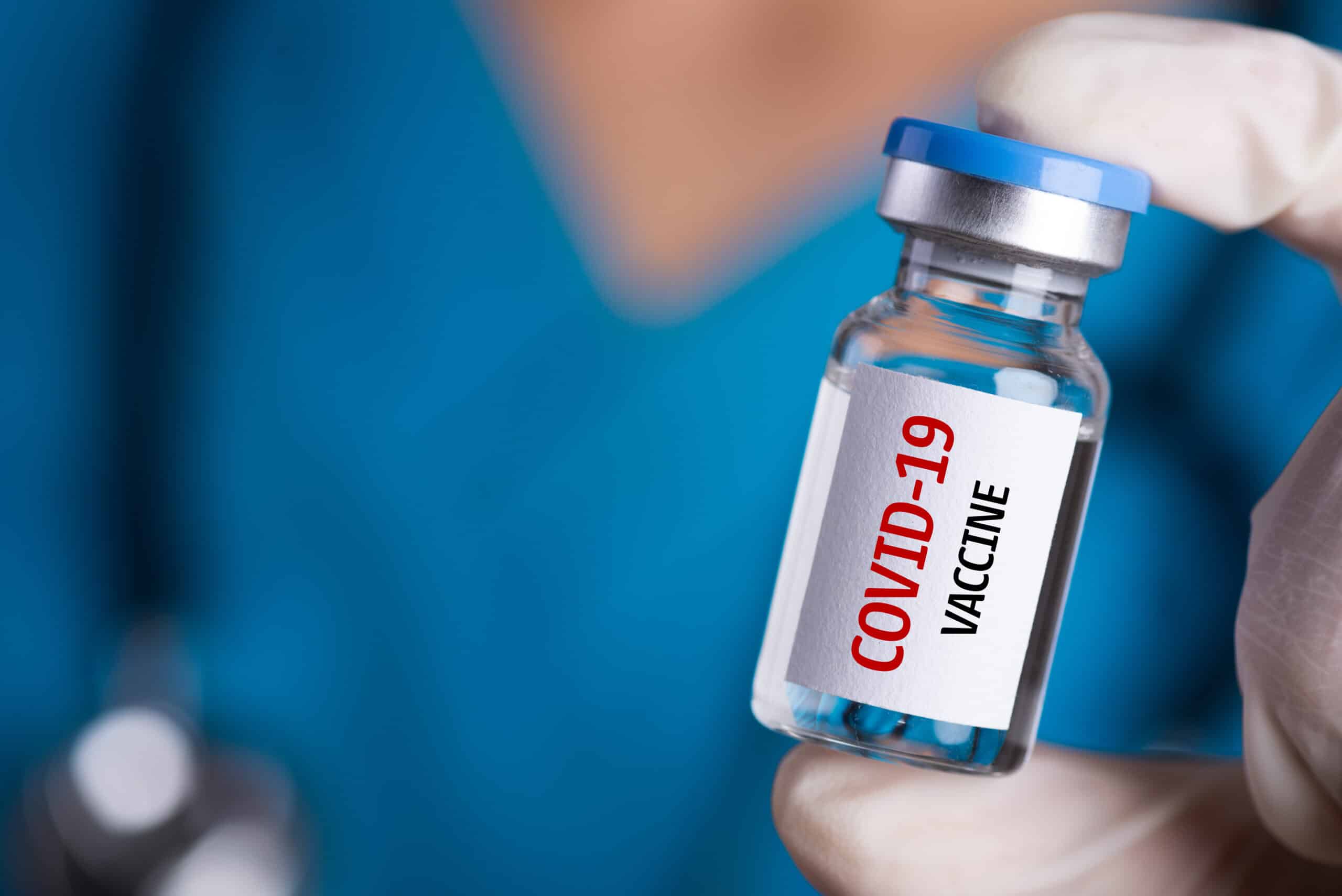Introduction: Why Creatine Is Making a Comeback
Once considered a niche supplement for bodybuilders, creatine is gaining attention for benefits that go far beyond the gym. It’s now being studied for its role in brain health, healthy aging, and mood support. With over 500 peer-reviewed studies to its name, creatine is one of the most researched dietary supplements in the world. As physicians, we’re often asked about creatine’s role in overall wellness. Is it really worth the hype? And is it as safe as people claim? In this post, we’ll explore what creatine is, its scientifically supported benefits, myths and misconceptions, emerging areas of interest, what it could mean for your health, and how to supplement safely.
What Is Creatine?
Creatine is a naturally occurring compound synthesized in the liver, kidneys, and pancreas from three amino acids: arginine, glycine, and methionine. This provides roughly half of our daily creatine needs. The rest comes from foods such as red meat, poultry and fish, and this is why vegetarians and vegans may have lower stores of creatine. The body stores creatine primarily in muscle cells as phosphocreatine, which acts as an energy reserve. Phosphocreatine helps regenerate adenosine triphosphate (ATP) —the primary energy molecule used during high-intensity efforts.
Why Has Creatine Been So Heavily Studied?
Because of its crucial role in energy production, humans have evolved to maintain a steady supply of creatine. However, the amount we get from diet (roughly 1–2 grams per day) and our own production might not max out our muscle creatine stores. This is where creatine supplements (usually as creatine monohydrate powder) come in handy. By taking a few extra grams of creatine daily, one can saturate the muscles with phosphocreatine beyond normal levels, which can translate into better performance and other benefits over time. Creatine supplements have been popular in sports for decades, but as we’ll see, their use now extends well beyond the gym.
Creatine has been extensively studied due to its low cost, clear biochemical pathways, and ease of research. Key researchers include Darren Candow (aging and sarcopenia), Richard Kreider (sports performance and safety), Eric Rawson (neurological and cognitive effects), and Jose Antonio (body composition and exercise science). Their collective work has built the foundation for creatine’s widespread use and strong evidence base across multiple populations.
Proven Benefits of Creatine (Strong Evidence)
- Strength and Power: Creatine supplementation consistently enhances muscle strength and power, especially in high-intensity, short-duration activities. Numerous randomized controlled trials and meta-analyses—including those by Kreider et al. and Branch (2003)—confirm significant improvements in performance, particularly when combined with resistance training. The International Society of Sports Nutrition (ISSN) deems creatine one of the most effective and well-researched ergogenic aids available for athletes and active individuals.
- Muscle Mass Gains: Creatine supplementation significantly increases muscle mass when combined with resistance training. Meta-analyses, such as by Chilibeck et al. (2017) and Forbes et al. (2021), show greater lean body mass gains compared to placebo. The effect is attributed to enhanced training capacity and cellular hydration. Studies consistently support creatine’s role in augmenting hypertrophy, especially during structured weight training programs.
- Exercise recovery and performance: Creatine supplementation has well-documented benefits for both exercise performance and recovery. Research—including studies by Dr. Darren Candow—shows that creatine improves functional strength in older adults, enhancing walking speed and mobility. In athletes, it boosts sprinting, jumping, and recovery between high-intensity efforts. Additionally, creatine may reduce muscle damage, inflammation, and injury risk, with studies and ISSN reviews reporting fewer cramps, dehydration episodes, and muscle injuries among users.
- Neuroprotective benefits: Creatine shows neuroprotective potential in conditions like muscular dystrophy and Parkinson’s disease. Studies suggest it may support energy metabolism in nerve and muscle cells, improving strength and slowing functional decline. Though results are mixed, clinical trials have shown promise in preserving muscle function in muscular dystrophy and aiding motor performance in early Parkinson’s, making creatine a candidate for adjunctive therapy in neurodegenerative and neuromuscular disorders.
- Healthy Aging and Sarcopenia: Creatine supplementation, especially when combined with resistance training, has been shown to help prevent age-related muscle loss, also known as sarcopenia. Research by Dr. Darren Candow and others demonstrates that older adults taking creatine gain more muscle mass, strength, and functional capacity than those on placebo. These benefits support mobility, independence, and overall quality of life, making creatine a promising intervention for healthy aging and the prevention of muscle loss.
- Cognitive Function: Creatine may support brain function by enhancing energy availability in the brain. Studies show benefits for working memory, reaction time, and mental fatigue—especially in sleep-deprived individuals, vegetarians (who may have lower baseline creatine), and older adults. Research suggests creatine supplementation can improve cognitive performance under stress and may help preserve cognitive function in aging, though more large-scale trials are needed to confirm long-term effects.
Promising Areas Still Under Study
- Mood & Mental Health: Creatine is being studied as a potential adjunctive treatment for mood disorders, particularly depression. Early trials, including studies using high-dose creatine (5–10g/day), have shown promising results—especially in women—with faster and greater improvements in depressive symptoms when combined with standard antidepressants. While findings are preliminary, they suggest creatine may influence brain energy metabolism and neurotransmitter function, offering a novel approach to mood support.
- Post concussion recovery and traumatic brain injury: Creatine shows potential in supporting recovery from traumatic brain injury (TBI) and concussion. Preliminary studies and animal models suggest it may help reduce brain cell damage by preserving ATP levels, stabilizing cell membranes, and reducing oxidative stress. Small human trials have reported improved cognitive function and reduced post-injury symptoms with creatine supplementation, making it a promising area for further research in neurotrauma recovery.
- ADHD and Neurodiversity: Emerging research suggests creatine may benefit cognitive function in neurodiverse populations, including those with ADHD. While studies are limited, early findings indicate creatine might support attention, working memory, and mental fatigue by enhancing brain energy metabolism. Given its role in ATP synthesis, researchers are exploring creatine as a low-risk, adjunctive strategy to support cognitive performance in individuals with neurodevelopmental conditions, though more targeted studies are needed.
- Homocysteine Reduction: Emerging evidence suggests creatine supplementation may help reduce homocysteine levels by sparing methyl groups needed for its synthesis. Research by Candow and Brosnan indicates that by decreasing the body’s demand for endogenous creatine production, supplementation may free up methyl donors like SAMe, leading to modest reductions in homocysteine—a marker linked to cardiovascular and cognitive risks. This potential benefit is still under investigation.
- Glucose Metabolism: Creatine may support glucose metabolism and improve insulin sensitivity, particularly when combined with exercise. Some studies have shown enhanced glucose uptake in skeletal muscle and improved glycemic control in individuals with insulin resistance or type 2 diabetes. While results are still mixed, early findings suggest creatine could augment the benefits of exercise on metabolic health, making it a promising area for further research in diabetes prevention and management.
- Female-Specific Benefits: Emerging research suggests creatine may offer unique benefits for women, particularly during peri- and post-menopause. Studies indicate it can help preserve muscle mass, strength, and bone health—key concerns as estrogen declines. Some evidence also points to potential cognitive and mood benefits, which may be especially relevant during this hormonal transition. While more female-focused research is needed, creatine appears to be a safe, effective tool for supporting healthy aging in women.
Mechanisms Behind Creatine’s Broad Benefits
How can one simple molecule possibly impact muscles, brains, bones, and more? The answer lies in creatine’s role as a fundamental energy regulator in the body.
- ATP Regeneration: Creatine enhances ATP regeneration by storing high-energy phosphate groups as phosphocreatine, which rapidly replenishes ATP during high-demand activities. This cellular energy buffering supports muscle function, brain performance, and recovery across various physiological systems.
- Mitochondrial Health: Creatine supports mitochondrial health by improving ATP availability, stabilizing mitochondrial membranes, and reducing oxidative stress. This enhances cellular energy efficiency and resilience, particularly in energy-demanding tissues like muscle and brain.
- Cellular Hydration: Creatine increases cellular hydration by drawing water into muscle cells (osmotic drive), which triggers anabolic signaling pathways. This promotes protein synthesis and muscle growth, contributing to improved strength and recovery.
- Methylation Sparing: Reduces the demand on SAMe, indirectly lowering homocysteine (Brosnan et al.).Creatine supplementation reduces the body’s need to synthesize creatine endogenously, sparing methyl groups from SAMe. This methylation sparing can lower homocysteine levels, potentially supporting cardiovascular and cognitive health.
- Neuroprotective and cellular defense roles: Creatine offers neuroprotective effects by reducing oxidative stress and supporting phospholipid membrane integrity. These actions help stabilize neurons, preserve cellular function, and may slow neurodegeneration in conditions like Parkinson’s and muscular dystrophy.
Common Myths and Misconceptions — Debunked
- Myth 1: Creatine damages kidneys. Truth: Multiple randomized controlled trials and long-term studies in healthy individuals show no evidence of kidney damage from creatine supplementation. The confusion arises because creatine can slightly elevate serum creatinine—a byproduct of muscle metabolism—not an indicator of impaired kidney function. This elevation does not reflect true renal harm.
- Myth: Creatine causes bloating and weight gain. Some users may experience a small increase in weight (1–2 kg) due to water retention, but this is typically intracellular, enhancing muscle function—not bloating or fat gain. There’s no evidence that creatine causes harmful or aesthetic fat gain.
- Myth: Creatine causes hair loss. Truth: This concern stems from a 2009 study in rugby players that reported increased DHT levels—a hormone linked to hair loss. However, the study did not measure actual hair loss, and no follow-up research has confirmed this effect. There is currently no direct evidence linking creatine supplementation to hair loss.
Who Benefits the Most from Creatine?
- Athletes and strength trainers: Boosts power, strength, and recovery
- Older adults: Helps prevent sarcopenia and maintain functional independence
- Women during menopause: Supports muscle mass, cognition, and mood
- Vegetarians/vegans: Have lower baseline creatine and respond strongly to supplementation
- Individuals at risk for neurodegenerative conditions: May support brain energy metabolism and slow functional decline
How to Supplement Safely: Dosing, Loading, and Timing
- Standard Dose:A daily intake of 3–5 grams of creatine monohydrate is effective for most individuals. This regimen achieves full muscle saturation within 3–4 weeks without the need for loading.
- Loading (Optional): For quicker results, a loading phase of 20 grams per day (divided into four doses) for 5–7 days can be followed by a maintenance dose of 3–5 grams daily. This approach is beneficial for athletes seeking rapid performance enhancements. Loading is not necessary for most general health, longevity, or mood-related uses
- Timing & Form: Creatine monohydrate is the most researched and cost-effective form. Consuming creatine with carbohydrates or post-exercise may enhance uptake due to insulin-mediated pathways. Maintaining adequate hydration is essential during supplementation.
- Side Effects: Some individuals may experience mild gastrointestinal discomfort or water retention during the loading phase. These effects are generally transient and can be minimized by adhering to maintenance dosing.
Conclusion: Creatine Is More Than a Gym Supplement
Creatine has earned its place as one of the most effective, safe, and affordable supplements. It supports strength, muscle, recovery, brain health, and healthy aging. For women, vegetarians, older adults, and athletes alike, it can be a small but powerful addition to a wellness toolkit. While not a replacement for medical care or training, creatine enhances the benefits of a healthy lifestyle. As always, speak to your physician before adding it to your regimen. For personalized guidance, the Peninsula Doctor team is happy to help.
Dr. Ian Kroes, Dr. David Hiroshima, Dr. Judy Kim


